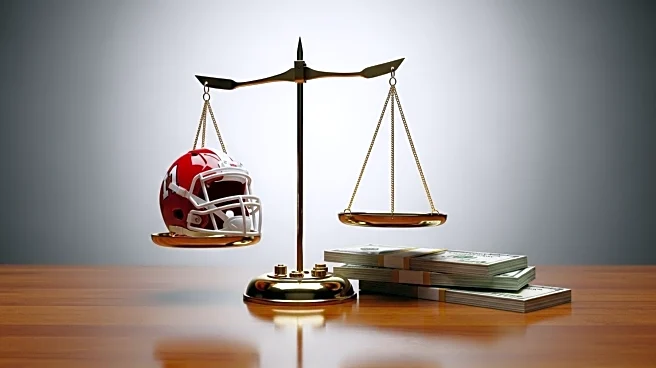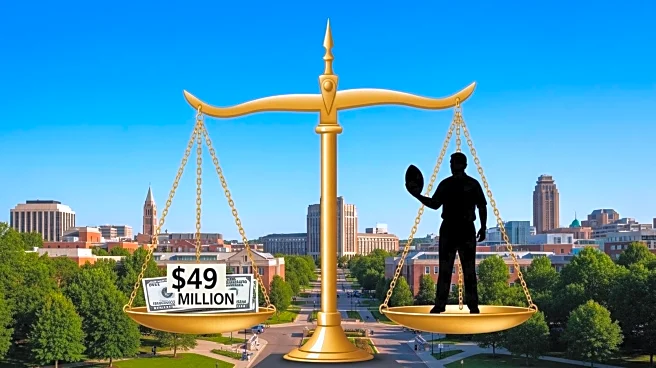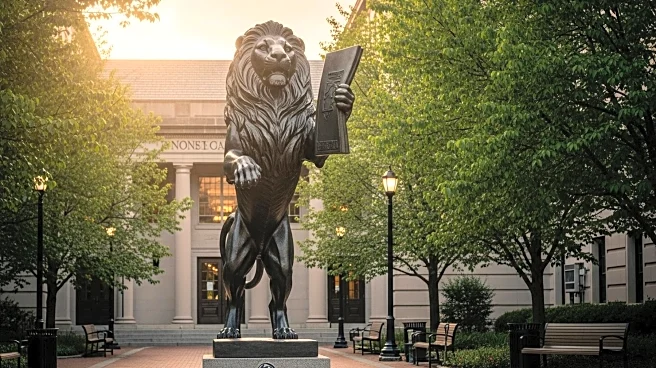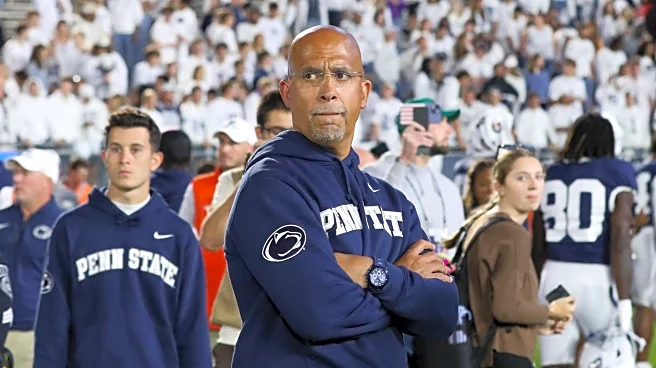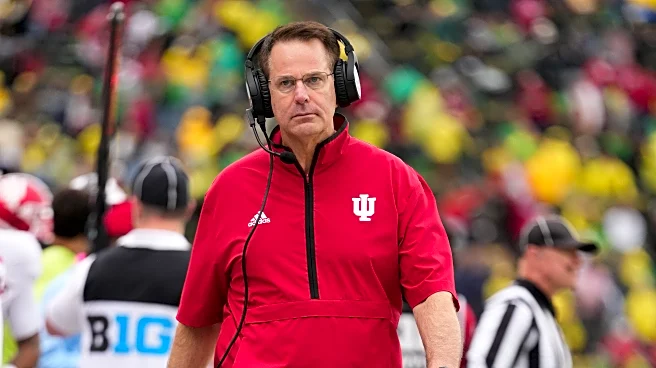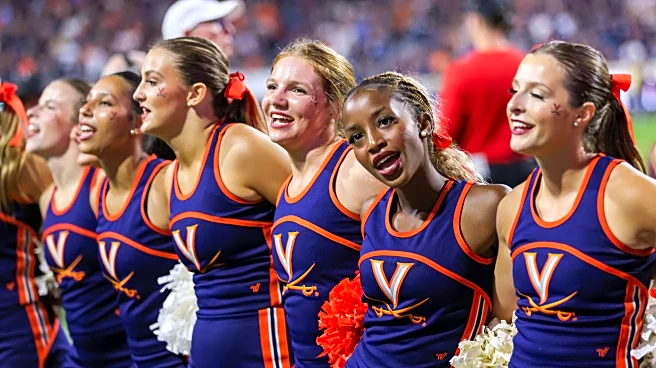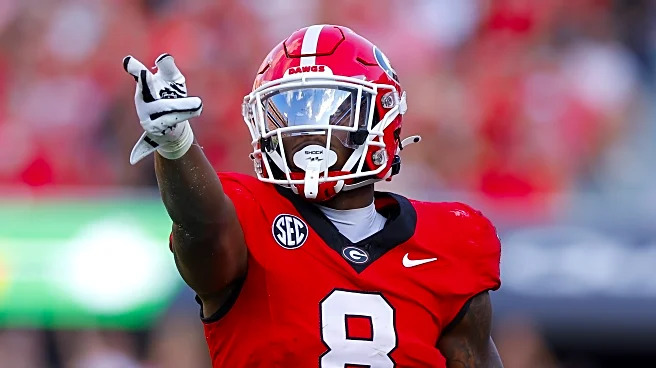What's Happening?
James Franklin, the former head coach of Penn State's football team, has been dismissed and is set to receive a buyout of nearly $50 million. This substantial payout is part of a growing trend in college football where coaches receive large sums of money upon termination. Franklin's buyout is the second largest in college football history, following Jimbo Fisher's $76 million from Texas A&M in 2023. The trend is driven by contract negotiations between college athletic directors and agents, often resulting in one-sided agreements favoring the coaches. Stuart Mandel, editor in chief of The Athletic, notes that buyout totals could reach a quarter of a billion dollars this year, as several major schools have already fired coaches mid-season.
Why It's Important?
The increasing buyout culture in college football raises questions about resource allocation within universities. Critics argue that such large payouts are a waste of resources, especially when academic departments face budget constraints. However, athletic departments are typically self-sustaining and separate from the university's academic side. The financial implications are significant, as funds used for buyouts could potentially be redirected to other areas within the university. Additionally, the trend reflects broader issues in college sports management, where fiscal responsibility is often lacking.
What's Next?
The future of buyout culture in college football may see changes as schools begin to directly pay athletes, which could impact the funds available for coach buyouts. This shift might encourage more fiscal responsibility within athletic departments. However, whether this will lead to a slowdown in buyout growth remains uncertain. Stakeholders in college sports, including university administrators and athletic directors, may need to reassess contract negotiation strategies to balance financial sustainability with competitive sports programs.
Beyond the Headlines
The ethical implications of buyout culture in college football highlight the disparity between athletic and academic priorities within universities. The focus on sports entertainment and revenue generation often overshadows educational missions, prompting debates about the role of athletics in higher education. Long-term, this trend could influence how universities structure their athletic programs and negotiate contracts, potentially leading to reforms that prioritize both financial health and academic integrity.
